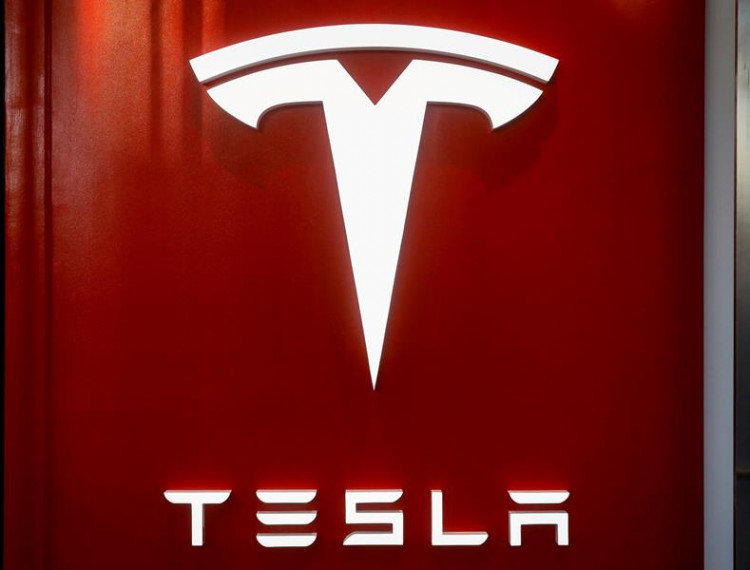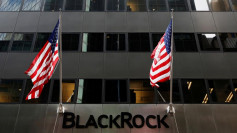The United States government road safety regulator is looking into complaints that suspensions can malfunction on almost 115,000 Tesla electric vehicles.
At the core of the issue is the front suspension mechanism for the Tesla 2015-2017 Model S and the 2016-2017 Model X, the National Highway Traffic Safety Administration on Friday disclosed.
The NHTSA has received 43 complaints claiming mechanical failure in the right or left front suspension force system, allowing contact between the tire and wheel liner that can pose a danger when driving.
Three of the complaints happened at freeway speeds while 32 were at low-speed maneuvers disclosed within the last three months, the regulator added.
In February 2017, Tesla released a service notice concerning a manufacturing condition that may lead to suspension link failures, the NHTSA said. Tesla did not immediately respond to a request for comment.
Also, NHTSA stated it had received eight complaints that may involve suspension malfunctions that have not been validated by pictures or service records. It said it has no reports of vehicular injuries or crashes.
In a June 2016 blog post, the California-based electric car maker dismissed any safety flaw in Model X or Model S suspensions but acknowledged that agency had asked the group to informally give details about suspensions without launching a formal inquiry.
The regulatory probe comes on the same week that Tesla recalled over 9,500 vehicles over issues on components of roofs detaching and loose bolts interfering with the driver's ability to maneuver.
Tesla said it would conduct a thorough inspection of the recalled vehicles free of charge and run a diagnostic test on the roof trim to find out if the primer is sufficient.
In October, the company told the regulator it recalled some 30,000 Model S and Model X vehicles in China for front suspension issues at the request of Chinese road safety officials "because the environment in China required stronger suspension due to local roads and driving conditions," Reuters reported.
China is the primary growth driver for many auto manufacturers, particularly Tesla, which plans to benefit from the government's ambitious goals for slashing carbon pollution.
In June, the NHTSA had launched an initial assessment over touchscreen flaws. It said the issue could lead to loss of rear-camera image display when driving in reverse and hampered rear visibility when backing up. It can affect the driver's defogging ability and audible chimes connected to Autopilot and turn signals, the regulator said.






